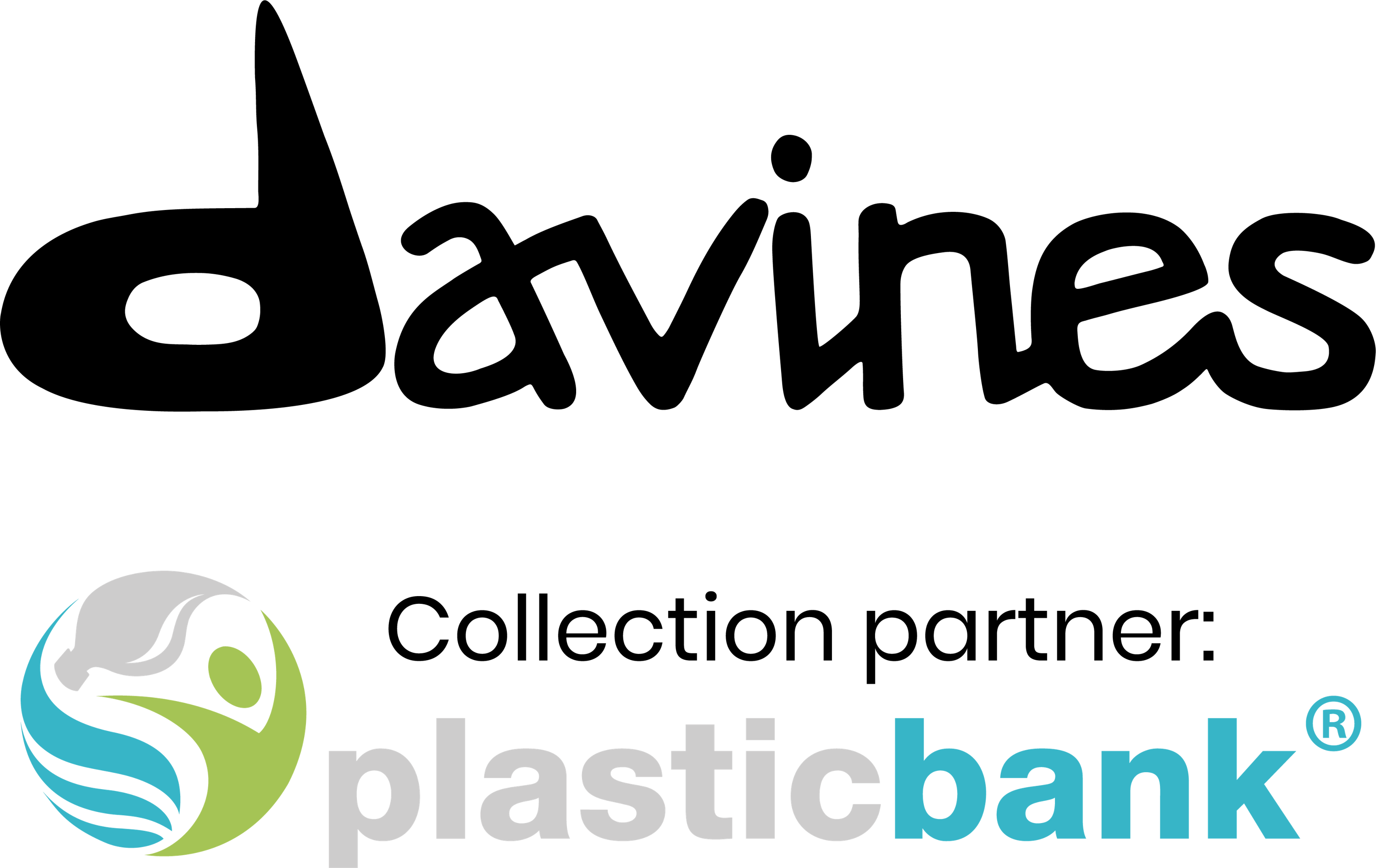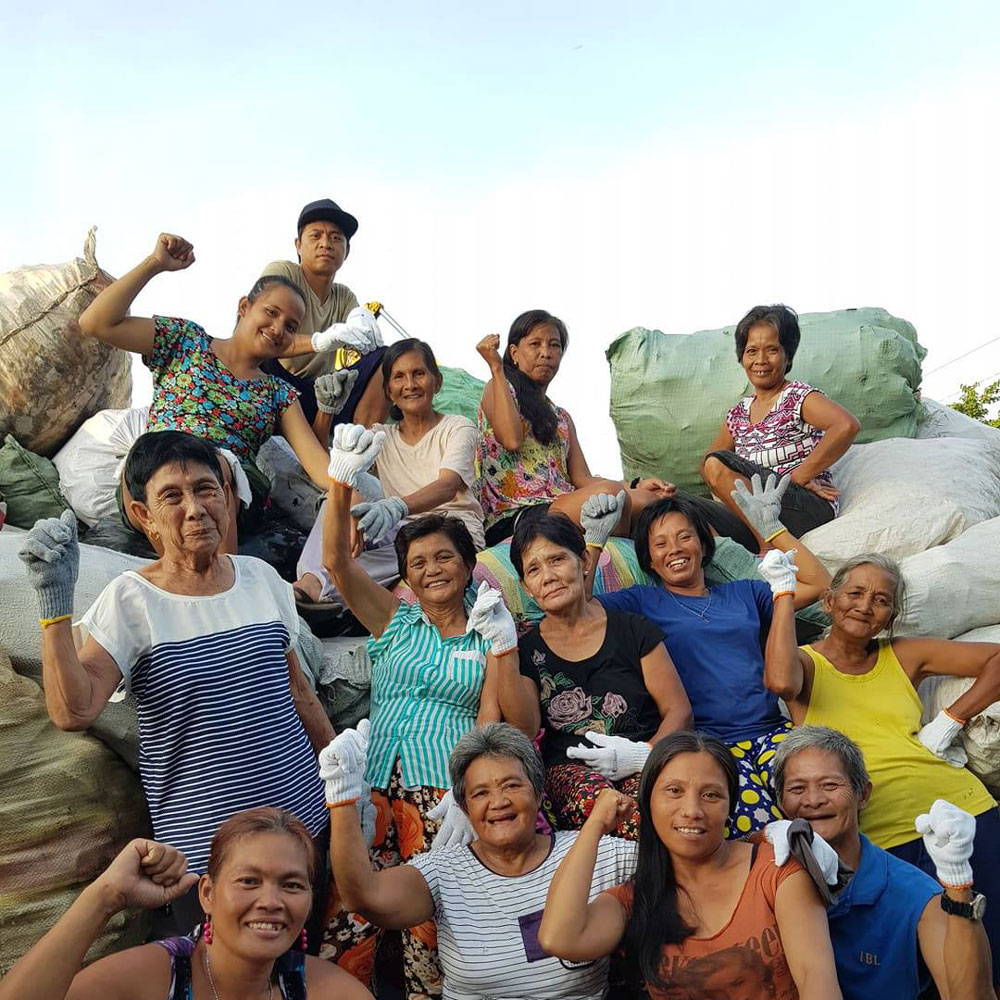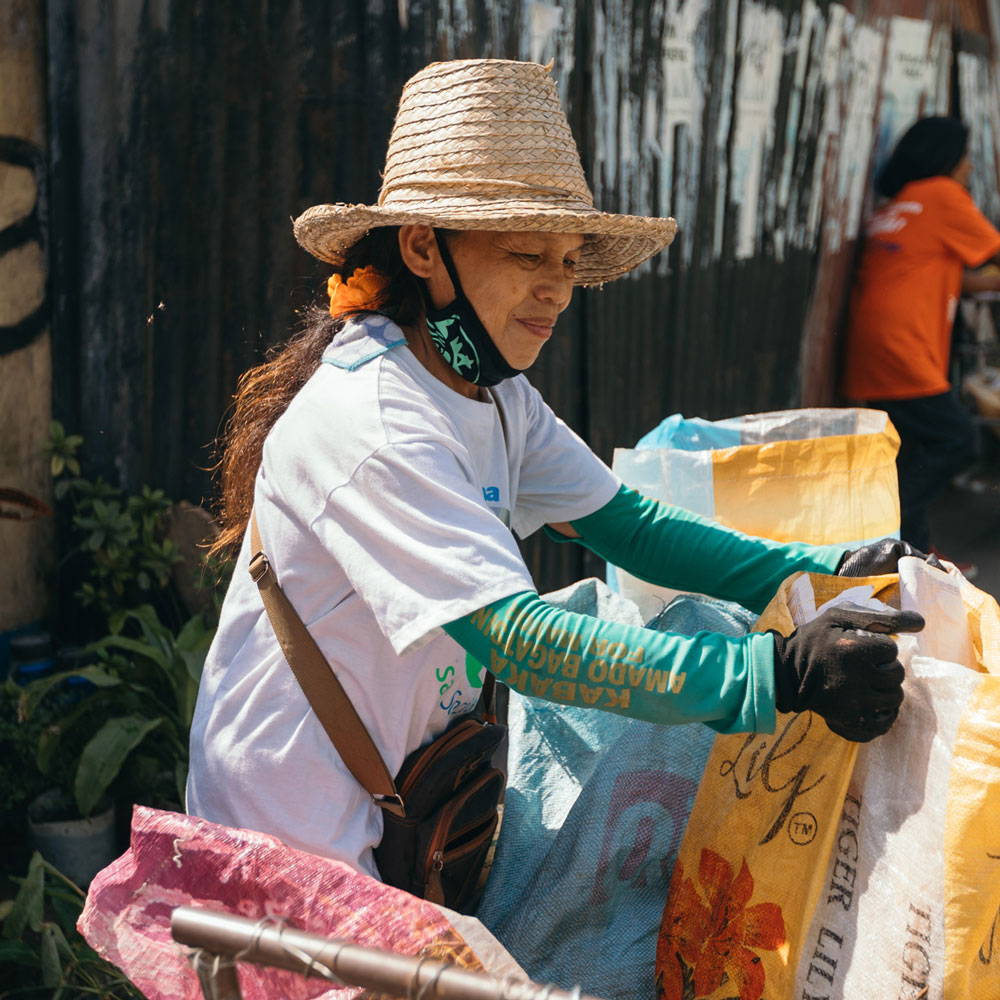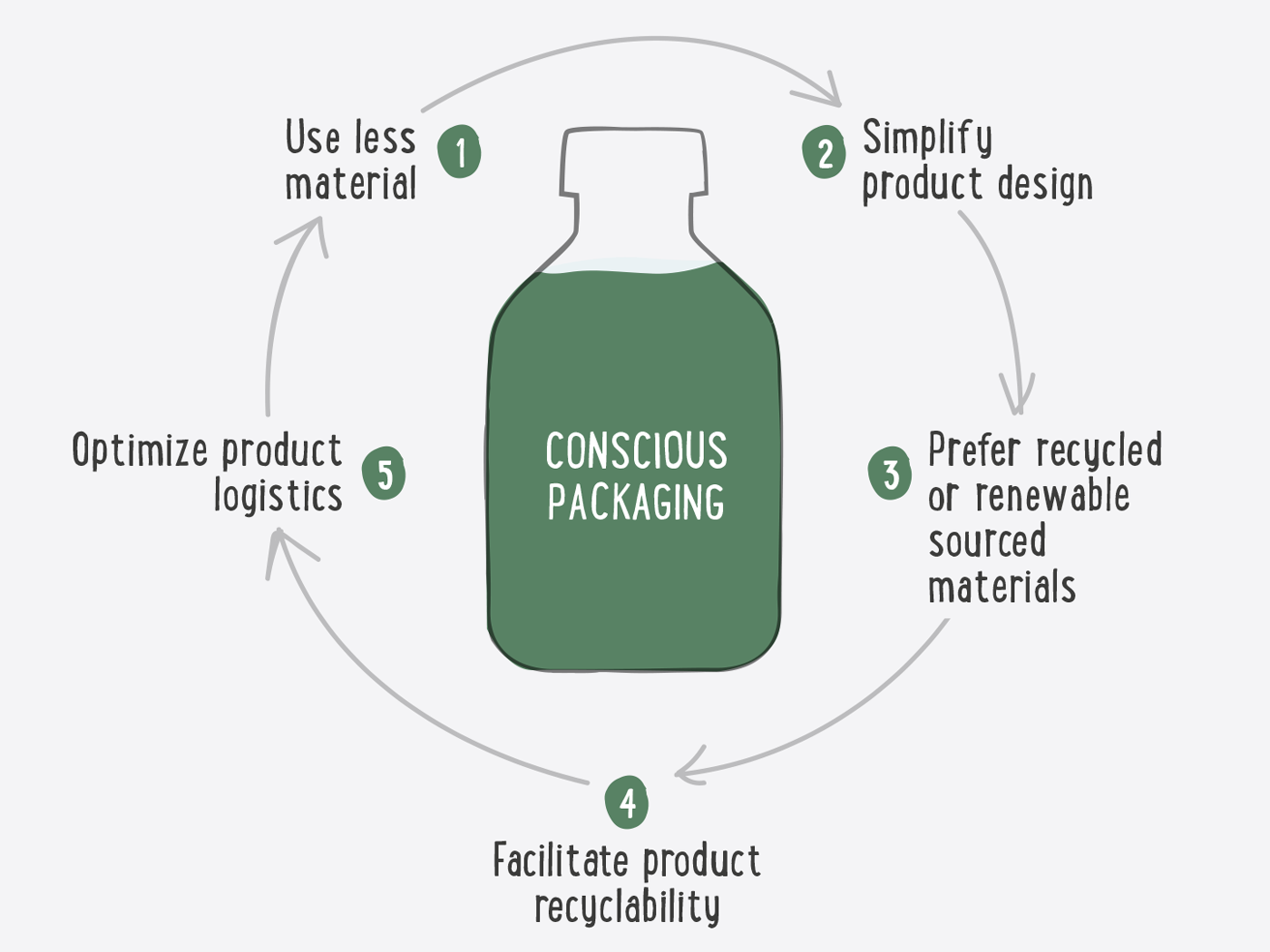This is a plastic that derives from renewable sources, such as sugar cane, corn starch, cellulose, glucose and vegetable oil. There are different types of bio-based plastic: recyclable or biodegradable. Important: bio-based doesn’t mean biodegradable. Davines Group is using bio-based plastic coming from
renewable sources like sugar cane, food grade and recyclable.





















3 Comments
3 Responses
Alberto
March 22, 2022
After reading this, I am so happy I bought your product. I will continue buying only yours!
Irene K
October 25, 2021
I appreciated the article knowing how much a company cares for the environment and is willing to do what it takes to look within its own corporation to salve our planet and the environment is commendable. Thank you for your commitment and sharing this information. I hope your studies will inspired other corporations to do personal environmental studies of their own businesses. Thank you for sharing.
Erin Kiers
September 27, 2021
Love this thank you
Leave a comment
Comments will be approved before showing up.